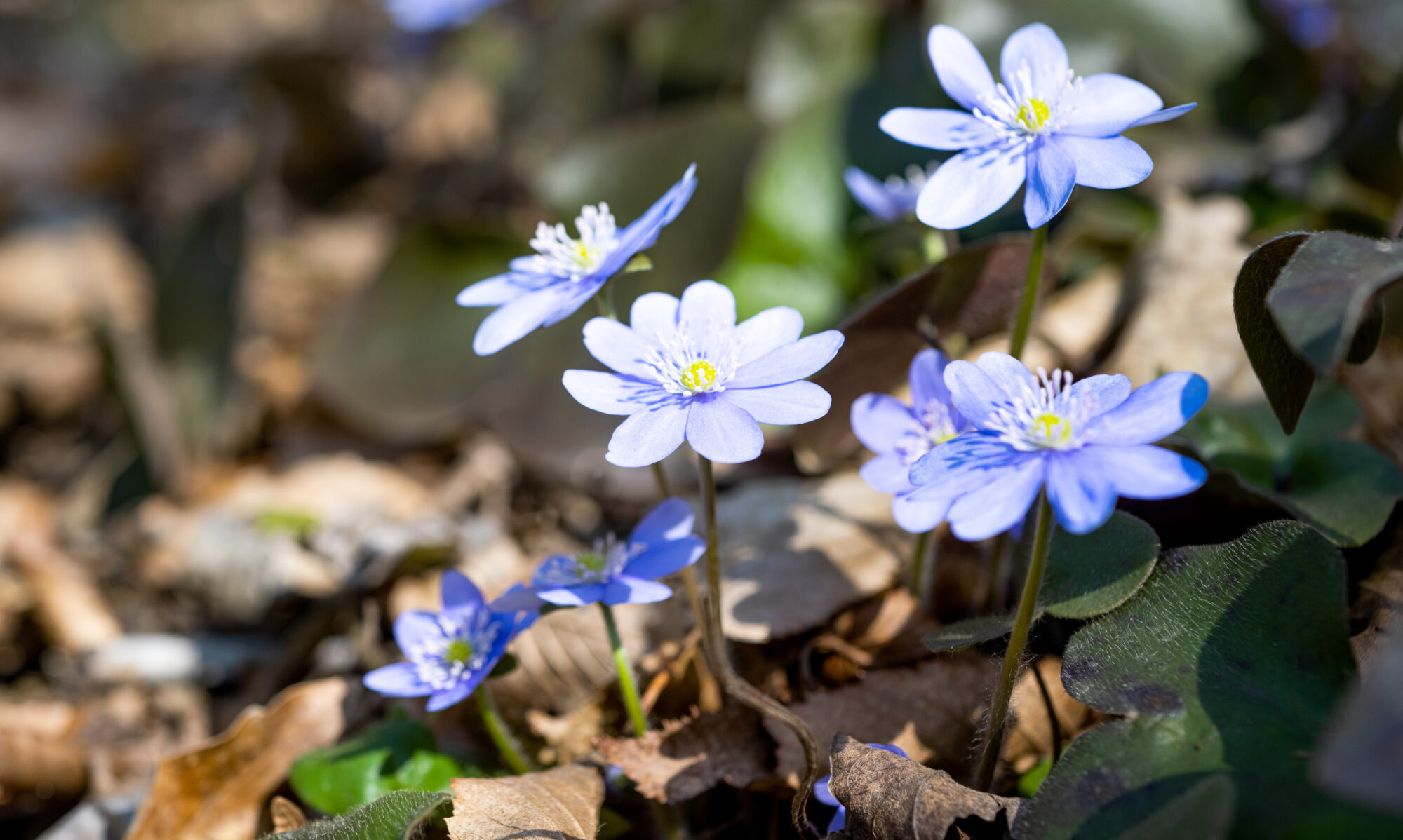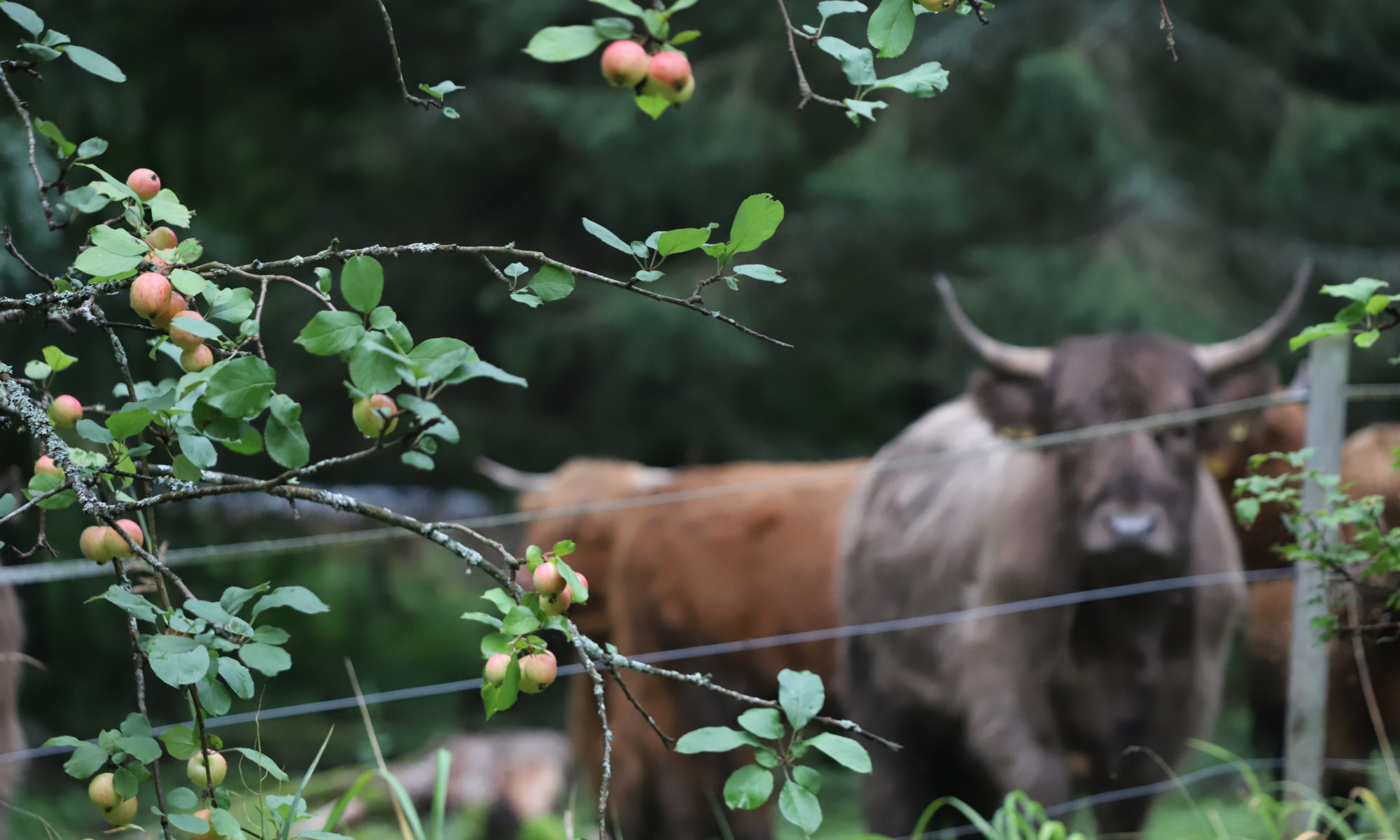Maria Hofman-Bergholm
Athith Sagar
Sara Kåll-Fröjdö
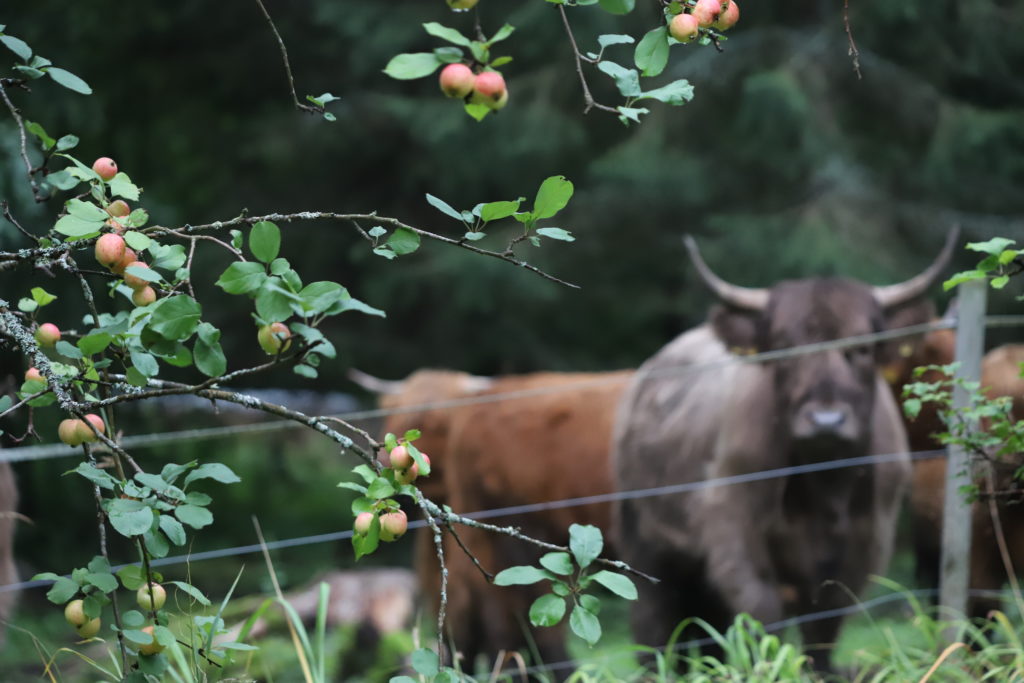
Biodiversity is declining at an alarming rate everywhere in the world and Finland is no exception. The situation is serious because the health, economy and well-being of all mankind is dependent on nature (Forslund et al. 2022). The loss of biodiversity is not yet as well-known crisis as the climate change.
According to Sitra’s investigation, two-thirds of the municipalities in Finland have set a goal to combat climate change but only every fifth municipality has a corresponding target for the loss of biodiversity (Koistinen & Leinonen 2021). According to a new study, a rapid transition to a circular economy could stop the global loss of biodiversity by 2035 at the latest (Forslund et al. 2022). Natural Resources Institute Finland (Luke) state that a healthy nature is a prerequisite for the forests, fields and waters to provide food, raw materials, health and well-being for us now and in the future. This means that a healthy nature is also a prerequisite to keep the wheels of the economy turning. Climate change and biodiversity loss are challenges for all sectors in the society and the role of bioeconomy is obvious as the bioeconomy is realized in a resource-smart way with the help of the circular economy (Finnish Government 2022). Unfortunately, right now we are using the nature resources in a way that is not ecologically sustainable.
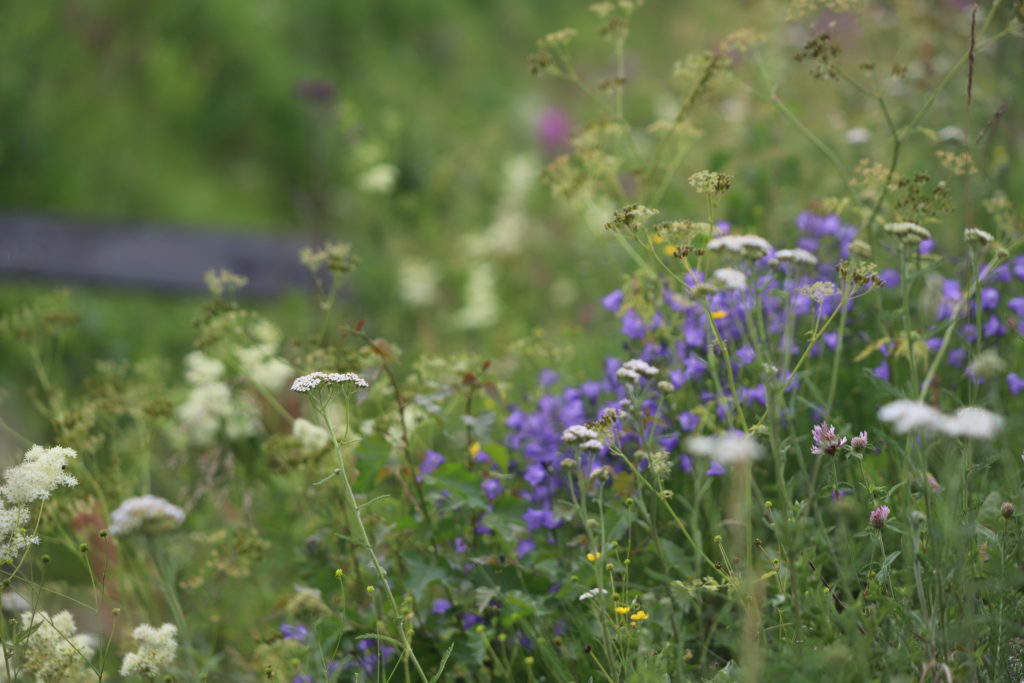
Challenges of our time?
The challenges that characterize our time include climate change and depletion of the land ecosystem, urbanization, waste of natural resources, environmental destruction, one-sided production methods and alien species. These problems the world is facing today are not novel problems which suddenly arose. They are problems that, at least some of them, have been known for a long, long time. In 1857 a French scientist, Eugène Huzar, wrote about the negative effects the explosive growth of technology would have on the planet due to the use of fossil fuels. Huzar mentioned that in one or two hundred years the society would emit billions of cubic meters of carbonic acid and carbonic oxide. He also highlighted deforestation and how this together would disturb the harmony of the world (Haines & Frumkin 2021). Already in 1896 scientists calculated the effects of CO2 on the Earth´s temperature, and in 1930 it was clarified through decades of temperature and CO2 measurements that the global warming had started. (Ibid.) Climate change exacerbates the loss of biodiversity, because species do not have enough time to adapt to the warmer environment. And biodiversity matters, in the long turn it underpins our economy, society and ultimately our survival as a species. If the loss of biodiversity cannot be stopped, it undermines the basis of access to food, health, the economy and quality of life (Vairimaa 2021).
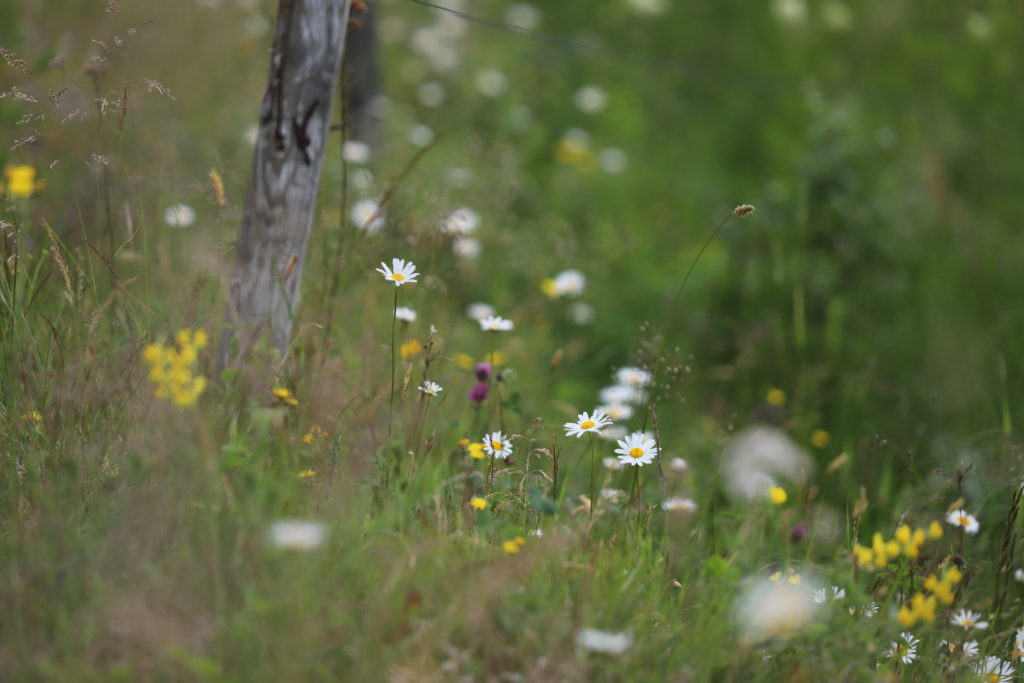
Our current food systems climate impact
Poore & Nemecek (2018) collected a meta-analysis on the climate footprint of food in 2018. In the study, it was found that beef coming from beef cattle has the absolute highest climate footprint of all the goods analyzed. The meta-study reveals that the production of one kilogram of beef leads to 99.48 kg of CO₂e (Carbon dioxide equivalents, abbreviated ”CO2e”, is a measure of greenhouse gas emissions). This is not the case in all countries.
Meat production differs between countries and the footprint differs regarding for example to what the cows are fed with, if there are also other products coming from the cow, if it pastures outside etc. For example, Natural Resources Institute Finland, Luke, has calculated that one kilogram of domestic beef leads on average to approximately 17 kg of CO₂e (Virkajärvi & Järvenranta 2018). Finnish cows are used both as meat and milk producers and are not fed on imported soy. Soy is a major global environmental and climate problem, as huge amounts of forest are cleared to make way for soy farms.
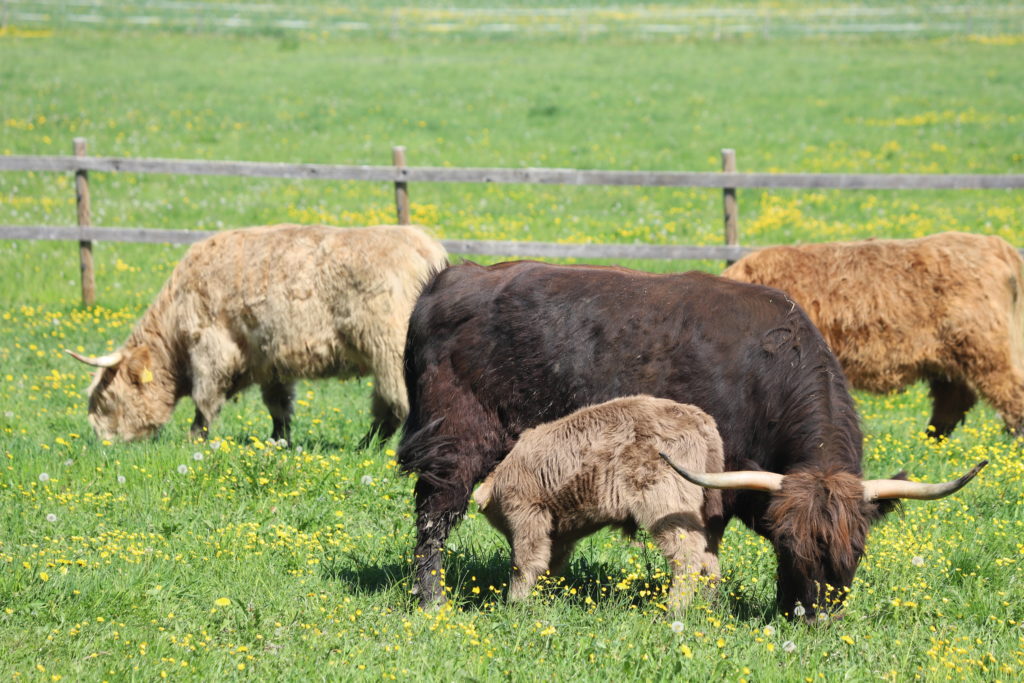
That means that the production methods and origin are of great importance for the meat’s environmental and climate impact. In Finland, the cows mainly eat grass (meadow) grown on the farmer’s own land, and to some extent grain and rapeseed (Pesonen et al. 2013; Eurodairy 2017; UEF 2019). It is of great benefit to the carbon footprint of Finnish milk and beef production that the production is based on the cows mainly eating grass. Long-term grass and hay cultivation, which means that the land is covered with plant cover even in winter, is good for the climate because it binds carbon to the soil. The animals’ ability to make use of the nutrition, the quality of the feed and the fact that the feed is easily digestible create a smaller footprint. Meadows are also important for the biodiversity; many insects and plants depend on the presence of grazing animals and the animal’s feces. (Svenska Lantbruksproducenternas Centralförbund.)
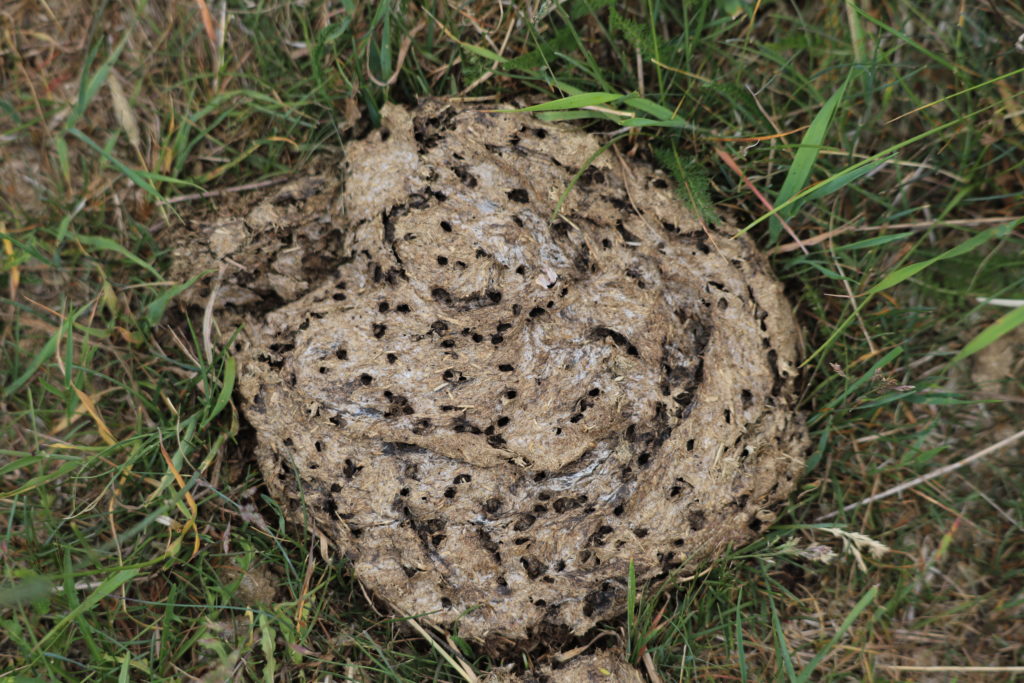
A report from the Finnish Ministry of Economic Affairs and Employment (Työ- ja elinkeinoministeriö 2020) highlights that biomass from agriculture will play a central role in the increase of biogas production. This will lead to even more resource efficient Finnish livestock production, if it could provide us with yet another product: milk, meat, leather, soil improver, fertilizer and biogas from the feces. This is a sector where new innovations are needed to make the agriculture and food production in Finland even more efficient.
It is not only about the meat, it is about the food system
What is important to remember is that it is not only the meat that has a negative impact on the climate. To make it even more difficult for the consumer to know how to choose climate friendly food, it is a fact that livestock production requires more resources than plant production. Yes, but all plant production is not automatically sustainable. Cultivation of plant-based products, fruits and other crops can also be globally problematic, given e.g. water use, erosion, clearing of rainforest, negative impact on biodiversity, or social aspects (Svenska Lantbruksproducenternas Centralförbund). On top of this, researchers (da Silva et. al. 2021) found out that ultra-processed foods also have a very high carbon footprint and that the consumption of ultra-processed foods has increased worldwide. Ultra-processed foods have also been related to the occurrence of obesity and other non-communicable diseases.
According to Professor Tim Benton, a researcher in sustainable food systems at the Royal Institute of International Affairs in London and research professor at the University of Leeds, the overconsumption of food is a systemic failure of our modern food culture. We have developed a food system to convince the consumer that more is always better. This has led to a system with an intensification in agriculture and a trade where you constantly want to increase the volumes of food that is sold and consumed, and which, unfortunately, is also often thrown away. Today’s global food system is one of the reasons why we are destroying the biodiversity. There are too many livestock and feed crops around the world, which leads to the huge environmental and climate problems. Benton argues that as much as 35 % of the world’s greenhouse gas emissions come from our global food system, from what we eat, grow, the forest we clear, and the food we throw away. (YLE 2022)
According to Statistics Finland (2018) 75% of all climate emissions in Finland come from the energy sector and the burning of fossil fuels. Only 11% of emissions originate from agriculture and, at the same time, agriculture and forestry are the only industries that bind carbon in the soil. Of the emissions from agriculture in Finland, it is estimated in Finland’s medium-term climate policy plan (Statsrådets redogörelse 7/2017) that 56% come from cultivation of land and 44% from livestock production. This means that just under 5% of Finland’s total climate emissions come from livestock production. To take this even a step further, Natural Resources Institute Luke’s researchers have calculated that approx. 3% of Finland’s total emissions came from the country’s 857700 cattle in 2019, according to Svenska Lantbruksproducenternas Centralförbund. Researchers (Virkajärvi & Järvenranta 2018) highlights that the criticism of Finnish beef production, that has endured in various debates, is unreasonable in proportion to the actual conditions.
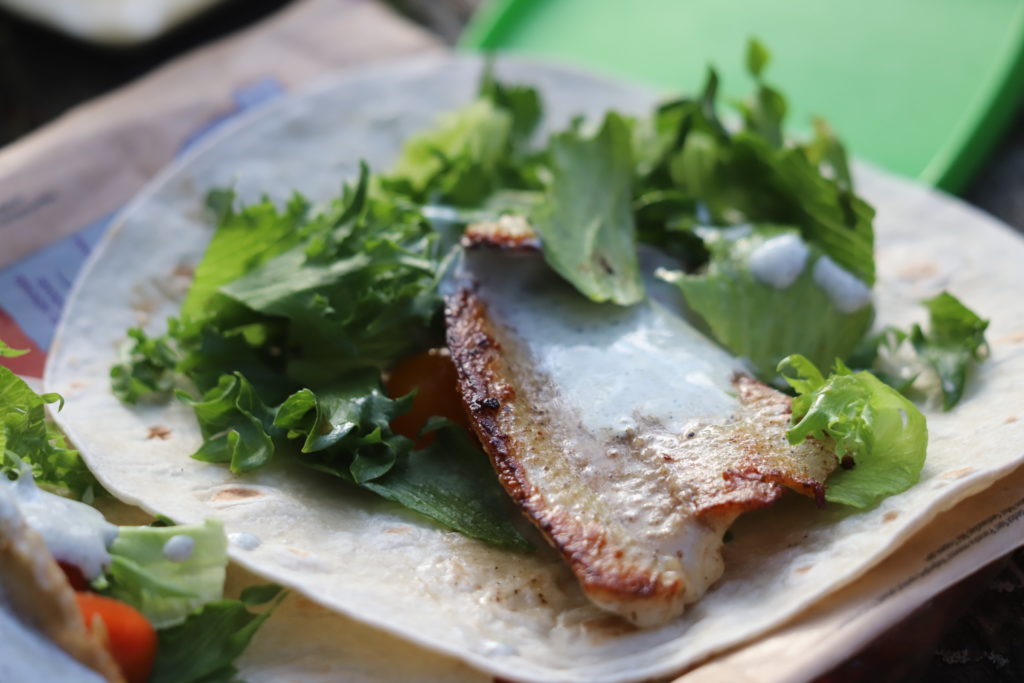
Eating sustainable and climate wise means more than just considering which products to buy to keep it sustainable, it is also about eating the right amount of food. The sustainable food consumption is a consumption good both for our health and our planet.
This together makes it clear that an effective and informative product labeling is needed to facilitate consumers to choose sustainable alternatives both for own health benefits and for the planetary health.
| When is a consumer good sustainable and climate-smart? |
|---|
| It turns out to be quite difficult for the consumer to know how to choose and eat for less impact on the climate. When is a consumer good sustainable and climate-smart? There is no uniform answer to that question, but there are more factors than just the product’s climate footprint to consider for the consumer: · How cultivation and agriculture affect biodiversity. · How cultivation, agriculture and the amount of pesticides and fertilizers affect the soil. · The amount of water and land used for cultivation and agriculture. · The product’s nutritional value, since all forms of agriculture still affect the climate. A product that is high in calories but low in nutrition and vitamins is not climate-smart. Accurate labeling means accounting for the specific source of each of the ingredients in a product. This makes product labeling a challenge for companies. In the USA carbon footprint labeling is a growing but challenging trend which some have solved through taking an average of the carbon intensity of a given food for footprint labeling. (Santa Cruz 2022.) |
The Headlines project – a way to promote sustainable innovations for food and health
The main goal of the HEADLINES project is to focus on incrementally improving the degree to which entrepreneurship is included within the core ecosystems of partner universities. In this project all partners are deeply involved in developing and promoting entrepreneurial activity and it offers the opportunity to work together in sharing the knowledge of research, background experiences and good practices, as well as in developing new shared knowledge and well-focused polices on deeply embedding entrepreneurship into educational systems. Even though entrepreneurship is the main goal, the project has its activities inclined towards the entrepreneurship and innovation for Food and Healthcare sectors. The HEADLINES project is mainly coordinated by EIT Food (European Institute of Innovation and Technology), where the goal of EIT food is to accelerate innovation to build a future-fit food system that produces healthy and sustainable food for all (EIT Food 2022 a). EIT food main education goal is to attracting, developing and empowering bright minds to lead the transformation of the food system into an innovative sector that produces healthy and sustainable food, and is trusted by society (EIT Food 2022 b). The HEADLINES project aims to support this goal to the best extent keeping in mind the HEI initiative EIT domain goals. This article supports the activities of the HEADLINES project and EIT food goals in terms of Food and health research that provides great insights on how the transition towards circular economy could stop the global loss of biodiversity with food and agriculture being set in key positions. (https://net.centria.fi/en/project/headlines/)
References
EIT Food 2022 a. Available at: https://www.eitfood.eu/. Accessed on: 2 September 2022.
EIT Food 2022 b. Available at: https://www.eitfood.eu/education. Accessed on: 14 October 2022.
EuroDairy 2017. Novel rapeseed proteins in Finnish dairy cow’s diets. Available at: https://eurodairy.co.uk/about/news/novel-rapeseed-proteins-in-finnish-dairy-cow-s-diets/ . Accessed on: 14 October 2022.
Forslund, T., Gorst, A., Briggs, C., Azevedo, D. & Smale, R. 2022. Tackling root causes. Halting biodiversity loss through the circular economy. Sitra studies 205.
Haines, A. & Frumkin, H. 2021. Planetary health – Safeguarding human health and the environment in the Antropocene. United Kingdom: Cambridge University Press. Koistinen, A. & Leinonen, T. 2021. En klar majoritet av kommunerna har ställt upp ett klimatmål, naturmål är betydligt mer sällsynta. Sitra. Available at: En klar majoritet av kommunerna har ställt upp ett klimatmål, naturmål är betydligt mer sällsynta – Sitra. Accessed on: 2 September 2022.
Metera, E., Sakowski, T., Sloniewski, K. & Romanowicz, B. 2010. Grazing as a tool to maintain biodiversity of grassland – a review. Animal Science Papers and Reports vol 28. (2010) no. 4, 315-334.
Pesonen, M., Honkavaara, M., Kämäräinen, H., Tolonen, T., Jaakkola, M., Virtanen, V., Huuskonen, A. 2013. Effects on concentrate level and rapeseed meal supplementation on performance, carcass characteristics, meat quality and valuable cuts of Herefordand Charolais bulls offered grass silage-barley-based rations. Agricultural and food science. 22: 151-167.
Poore, J., Nemecek, T. 2018. Reducing food’s environmental impacts through producers and consumers. Science Vol 360, Issue 6392. Available at: https://doi.org/10.1126/science.aaq0216 Accessed on: 2 December 2022.
Pykälä, J. 2005. Cattle grazing increases plant species richness of most species trait groups in mesic semi-natural grasslands. Plant Ecol 175, 217–226 (2005). Available at: https://doi.org/10.1007/s11258-005-0015-y Accessed on: 2 December 2022.
Santa Cruz, J. 2022. Food Labeling: Carbon Footprint Labeling. Today´s Dietitian. 24(5).
Sigsgaard, E E., Olsen, K., Hansen, M.D.D., Pryds Hansen, O.L., Høye, T.T., Svenning, J-C & Thomsen, P.F. 2021. Environmental DNA metabarcoding of cow dung reveals taxonomic and functional diversity of invertebrate assemblages. Molecular Ecology. 2021;30:3374–3389 Available at: https://onlinelibrary.wiley.com/doi/10.1111/mec.15734. Accessed on: 2 September 2022
da Silva, J.T., Fellegger Garzillo, J.M., Rauber, F., Kluczkovski, A., Schmidt Rivera, X., Lopes da Cruz, G., Frankowska, A., Martins, C.A., da Costa Louzada, M.L., Monteiro, C.A., Reynolds, C., Bridle, S. & Bertazzi Levy, R. 2021. Greenhouse gas emissions, water footprint, and ecological footprint of food purchases according to their degree of processing in Brazilian metropolitan areas: a time-series study from 1987 to 2018. The Lancet Planetary Health 5 (11) 2021. Available at: https://doi.org/10.1016/S2542-5196(21)00254-0 Accessed on: 2 September 2022.
Smith Vaughn, L., Panlasigui, S. & Spotswood, E. 2020. Livestock grazing and its effects on ecosystem structure, processes, and conservation. Available at: SFEI_Final_Conservation Grazing_Report.pdf (openspace.org) Accessed on: 5 September 2022.
Svenska Lantbruksproducenternas Centralförbund (SLC). FAQ: Vilken påverkan har köttproduktion på klimatet? Available at: https://slc.fi/material/faq/vilken-paverkan-har-kottproduktion-pa-klimatet Accessed on: 2 September 2022.
Statsrådets redogörelse 7/2017. Statsrådets redogörelse om en klimatpolitisk plan på medellång sikt fram till 2030.Available at: Statsrådets redogörelse om en klimatpolitisk plan på medellång sikt fram till 2030 (eduskunta.fi). Accessed on: 2 September 2022
Statistic Finland 2018. Finland’s greenhouse gas emissions 2018 to the EU and the UNFCCC. Available at: https://www.stat.fi/til/khki/2018/khki_2018_2020-03-13_tie_001_en.html Accessed on: 2 September 2022.
Finnish Government 2022. The Finnish Bioeconomy Strategy. Sustainably towards higher value added. Available at: https://julkaisut.valtioneuvosto.fi/bitstream/handle/10024/163969/VN_2022_5.pdf?sequence=4&isAllowed=y Accessed on: 2 September 2022.
Työ- ja elinkeinoministeriö 2020. Biokaasuohjelmaa valmistelevan työryhmän loppuraportti. Työ- ja elinkeinoministeriön julkaisuja 2020:3. Available at: https://julkaisut.valtioneuvosto.fi/bitstream/handle/10024/162032/TEM_2020_3_Biokaasuohjelmaa%20valmistelevan%20tyoryhman%20loppur%20.pdf?sequence=1&isAllowed=y. Accessed on: 2 September 2022.
UEF (University of Eastern Finland) 2019. Environment and natural resources news. GRASS FIELDS ARE A SPECIALTY OF NORTHERN AGRICULTURE. Available at: https://www.uef.fi/en/article/grass-fields-are-a-specialty-of-northern-agriculture. Accessed on: 14 October 2022.
Vairimaa, R. 2021. Förlusten av den biologiska mångfalden hotar också människan: tillgången till mat, ekonomin, hälsan och livskvaliteten är i fara.Yliopisto-lehti 8/2021. Helsinki: University of Helsinki.
Virkajärvi, P., Järvenranta, K. 2018. Nautakarjatuotannon ympäristövaikutusten arviointi ja sen kehittämistarpeet. Suomen Maataloustieteellisen seuran tiedote NRO 35. Available at: https://doi.org/10.33354/smst.73231. Accessed on: 2 December 2022.
Yle 2022. Matens klimatavtryck är större än du tror – så här äter du mera klimatsmart. Available at: https://svenska.yle.fi/a/7-10009558. Accessed on: 2 September 2022.
Pictures: Sara Kåll-Fröjdö
Maria Hofman-Bergholm
RDI-expert
Centria University of Applied Sciences
Tel. +358 40 356 3305
Athith Sagar
RDI-expert
Centria University of Applied Sciences
Tel. +358 40 635 9442
Sara Kåll-Fröjdö
RDI-expert
Centria University of Applied Sciences
Tel. +358 40 487 9634
